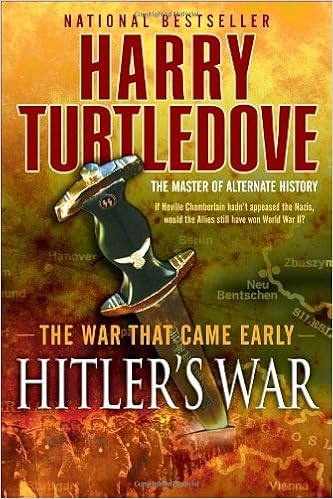Looking over the OB's for 1939 I don't see where the French and the British combined had enough to launch any successful offenses against Germany, which is why they didn't. Some 900,000 in uniform and another 5 million reservists, 2,000 aircraft, etc.
French Forces ? strength of Army divisions, l'Armee de l'Air
French Forces total
5,000,000 men, 99 divisions, 4,200 tanks, about 11,000 guns
2,916 planes (1,114 fighters, 1,002 bombers)
7 capital ships, 1 aircraft carrier, 19 cruisers, 70 destroyers, 75 submarines
British Forces total, by Sept. 1939
897,000 men, 26 divisions, 1,146 tanks, about 2,600 guns
1,911 planes (747 fighters, 871 bombers)
15 capital ships, 6 aircraft carriers, 61 cruisers, 181 destroyers, 59 submarines
German Forces total:
3,706,104 men (103 divisions), 3,478 tanks, over 7,000 guns
4,093 planes (inc. 1,176 bombers, 1,179 fighters, 335 dive-bombers)
2 old battleships, 2 battlecruisers, 3 pocket battleships, 8 cruisers, 22 destroyers, 56 submarines
A lot of outdated ordnance, heavy use of reservists, inferior air support, and not enough to sustain any major offensive; a third or less of the German forces would have easily shut the Allies down in 1939, leaving way more than enough in the East to deter Stalin from an early attack as well as continuing with Hitler's original invasion plans in the East.


